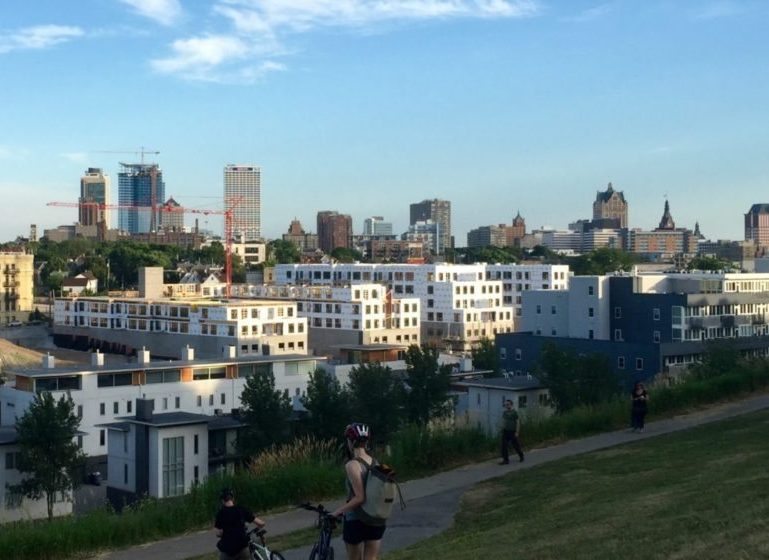Twelve of the 21 metro areas the Metropolitan Milwaukee Association of Commerce chose as comparable to Milwaukee added more than 10,000 residents between 2015 and 2016. New estimates from the U.S. Census Bureau suggest metro Milwaukee’s population dropped by 1,867 during that period.
The numbers point to an emerging problem for the Milwaukee area. As Baby Boomers retire and other residents move away, where will the region’s future workforce come from? Bret Mayborne, MMAC director of economic research, said his organization estimates the region will add about 45,000 jobs in the coming years with the labor force declining by 42,000, leaving a gap of nearly 90,000 workers.
“That certainly is an issue that is going to continually be at the fore for the next decade or longer,” he said.
The region’s declining population was driven by Milwaukee County, which saw its population fall by 4,866 to 951,448, below its 2011 level. The drop was the sixth largest of any county and the largest percentage drop among the 100 largest counties in the country. The rest of the metro area saw its population increase, led by a gain of 2,113 in Waukesha County, 481 in Washington County and 405 in Ozaukee County.
Mayborne cautioned the new numbers are only comparisons of one year estimates, suggesting a better measure is to compare against 2010 census figures.
According to those figures, the metro region has added 16,528 residents, moving up one spot among comparable regions to 16th in the number of new residents added. Milwaukee County has added 3,713 residents in that time, the 11th smallest gain among the 100 largest counties.
“The numbers aren’t strong either way,” Mayborne said.
The top gaining metro areas during that period include Orlando, San Antonio, Charlotte, Minneapolis-St. Paul, Raleigh and Nashville. MMAC identified comparable metro regions based on size and geographic proximity, along with those that could serve as models for change.

“One of the disadvantages that Milwaukee has is we’re not really a city that generates a lot of migration,” Mayborne said.
The declines come as hundreds of apartment units are being built in downtown Milwaukee and surrounding neighborhoods. Mayborne said it’s not unreasonable to think the downtown population could be growing while the rest of the county is declining.
More detailed estimates including age, race, gender and specific municipalities will be released later this year.
The new data, however, do include estimates for both domestic and international migration.
Metro Milwaukee has lost more than 42,600 residents to domestic migration since 2010, including an above average 11,404 in the last year. Those figures rank in the bottom quarter of comparable areas.
The region is last among those areas for international migration, adding 17,750 residents since 2010 and just 3,220 last year.
Mayborne said cities in the northern half of the country generally do not bring a lot of people in through migration.
“We’re not alone, but we’re kind of on the far end,” he said.
As a whole, Wisconsin added an estimated 10,817 residents last year, a 0.19 percent increase. Since 2010, the population has increased 91,722 or 1.61 percent.
The state’s growth has been driven in particular by Dane County, which has increased its population by 43,200 or 8.85 percent, and Brown County, up 12,394 or 5 percent.


